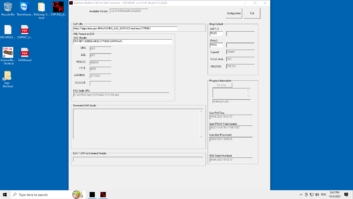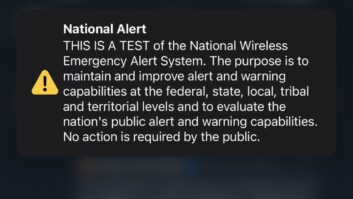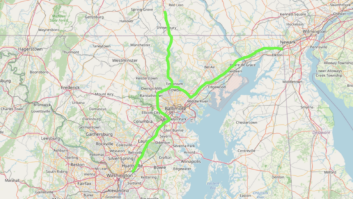What does the June 30 deadline for stations to have Common Alerting Protocol-compliant EAS encoders/decoders mean for stations in a practical way?
On or before June 30, stations must have deployed equipment capable of handling CAP-formatted EAS alerts. “Make sure your gear works and you’re monitoring the right station,” said Greg Cooke FCC associate chief of the Policy Division of the Public Safety & Homeland Security Bureau, during an EAS webinar on Wednesday.
Monitoring assignments will be laid out in EAS plans for each state, however the entire plan doesn’t need to change by the 30th; the plans can be amended to take CAP-formatted EAS alerts into consideration, he said.
In addition to audio and video, CAP messages may include text and photos. CAP-formatted alerts sent through IPAWS can be distributed over the Web, radio and TV, cellphones and over NOAA Weather Radio.
Both Cooke and FCC PSHSB Policy Division Chief Tom Beers stressed that the current EAS system is not going away. “While CAP is flexible and powerful, it is augmenting the systems you have in place. Your primary and secondary monitoring sources remain the same,” said Cooke.
Several station participants asked what URL to monitor to connect to the FEMA IPAWS aggregator, the Web-based gateway where stations get the EAS alerts. FEMA IPAWS Engineering Branch Chief Mark Lucero said the answer is specific to the manufacturer of each station’s EAS encoder/decoder.
“Know your configuration,” said Lucero, adding that FEMA suggests an Internet connection with a speed of 1Mbps that allows for reception/transmission of an alert that is 1MB in size. FEMA anticipates each station would see an average of 1MB in EAS message data per day. He suggests the unit should poll the FEMA IPAWS Web feed for an alert every 30 seconds.
Asked “What happens if my Internet connection goes down and I don’t have CAP?” Cooke replied “That’s why we urge you to continue using the legacy EAS.” In fact, the FCC still requires that use, he said.
FEMA is sending required weekly tests from its CAP-EAS Web aggregator. Stations are required to log those, he confirmed, though he added some equipment logs those automatically.
Officials plan to hold another webinar in July.











